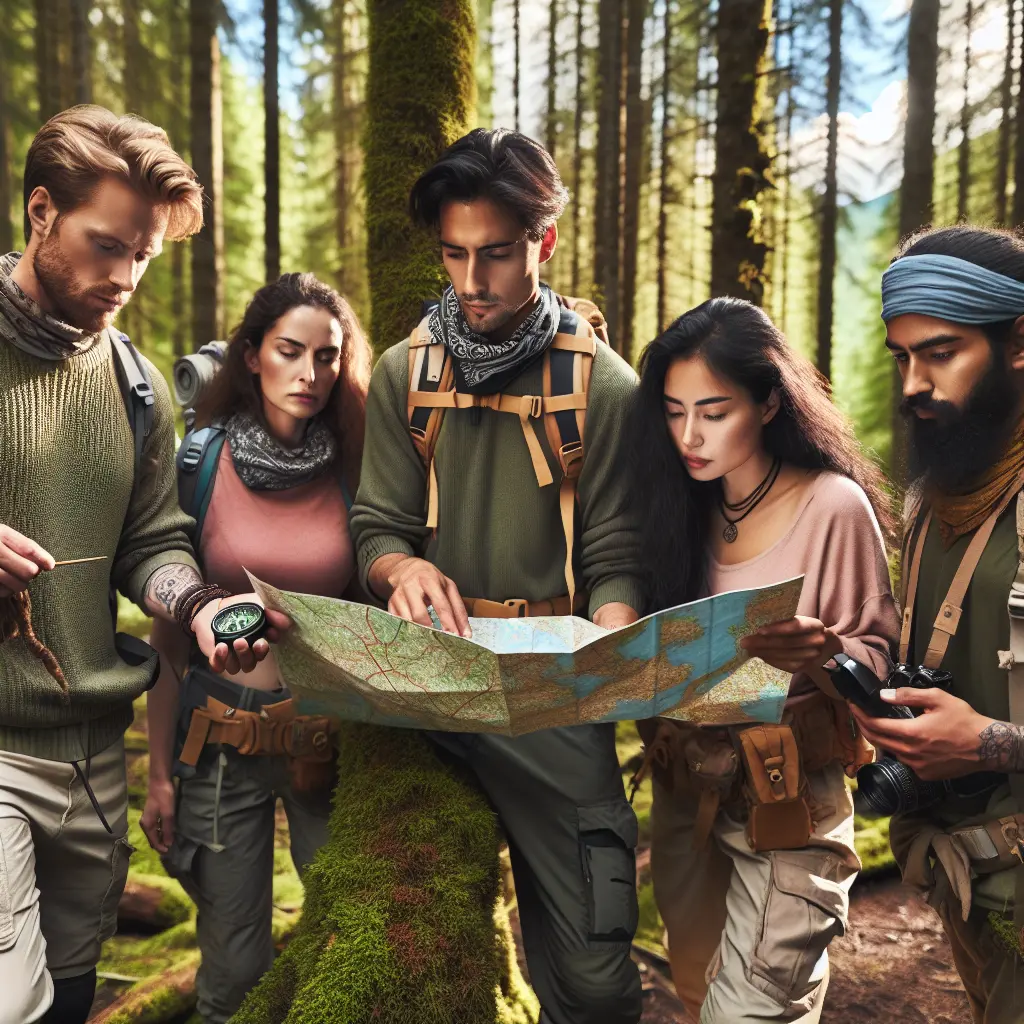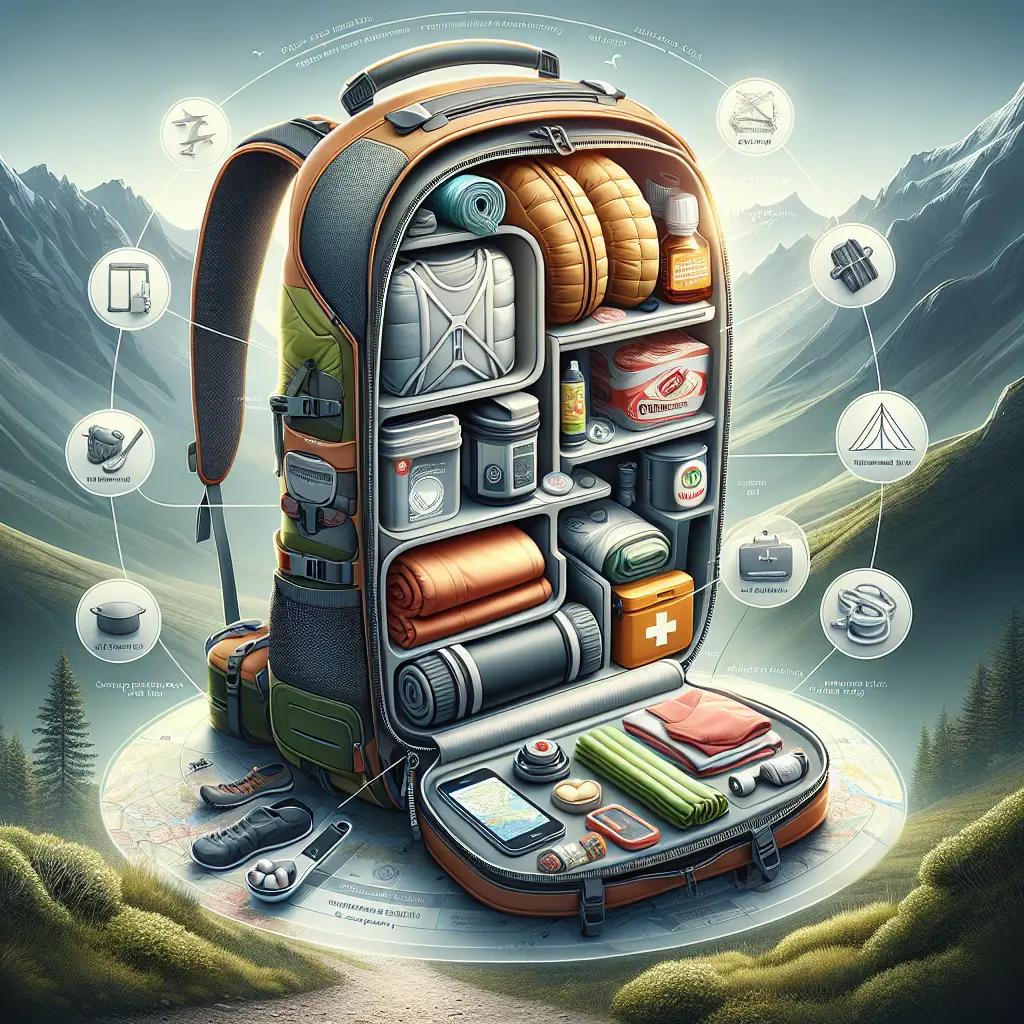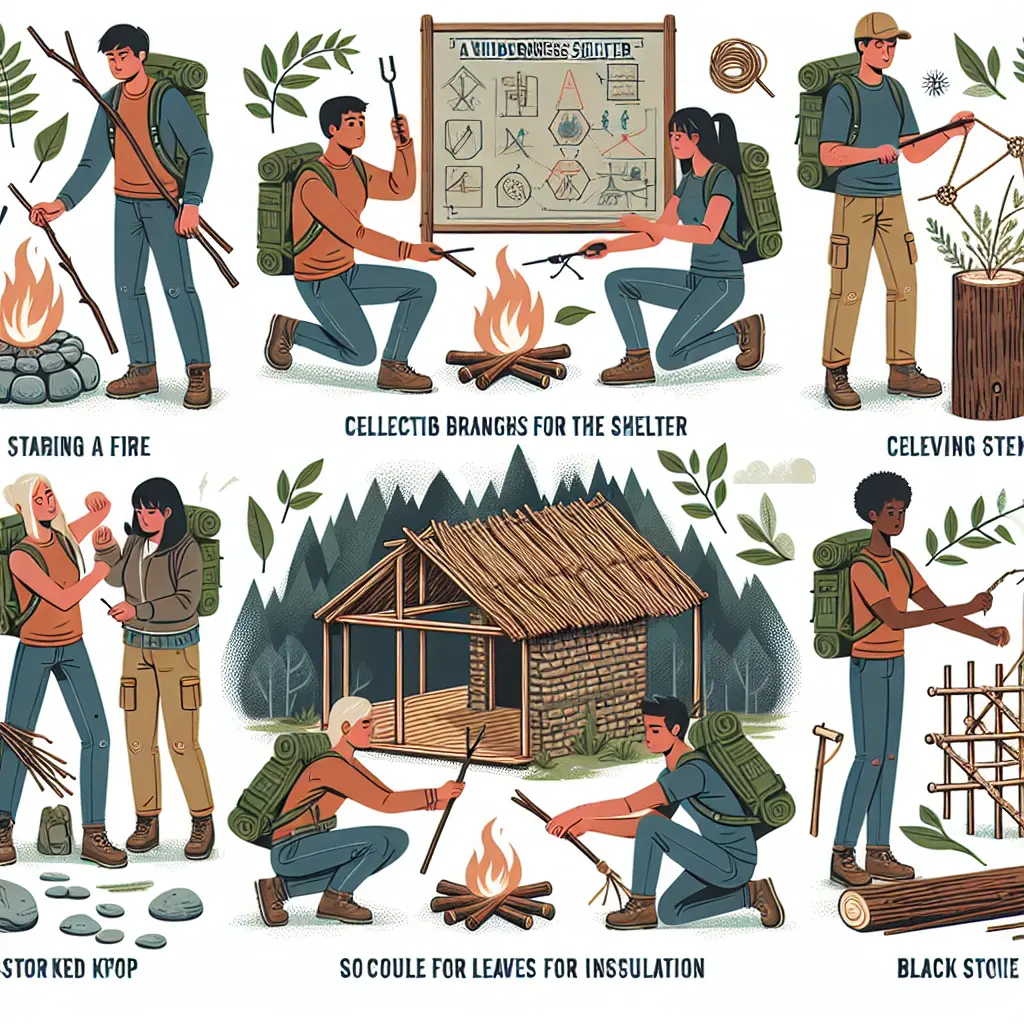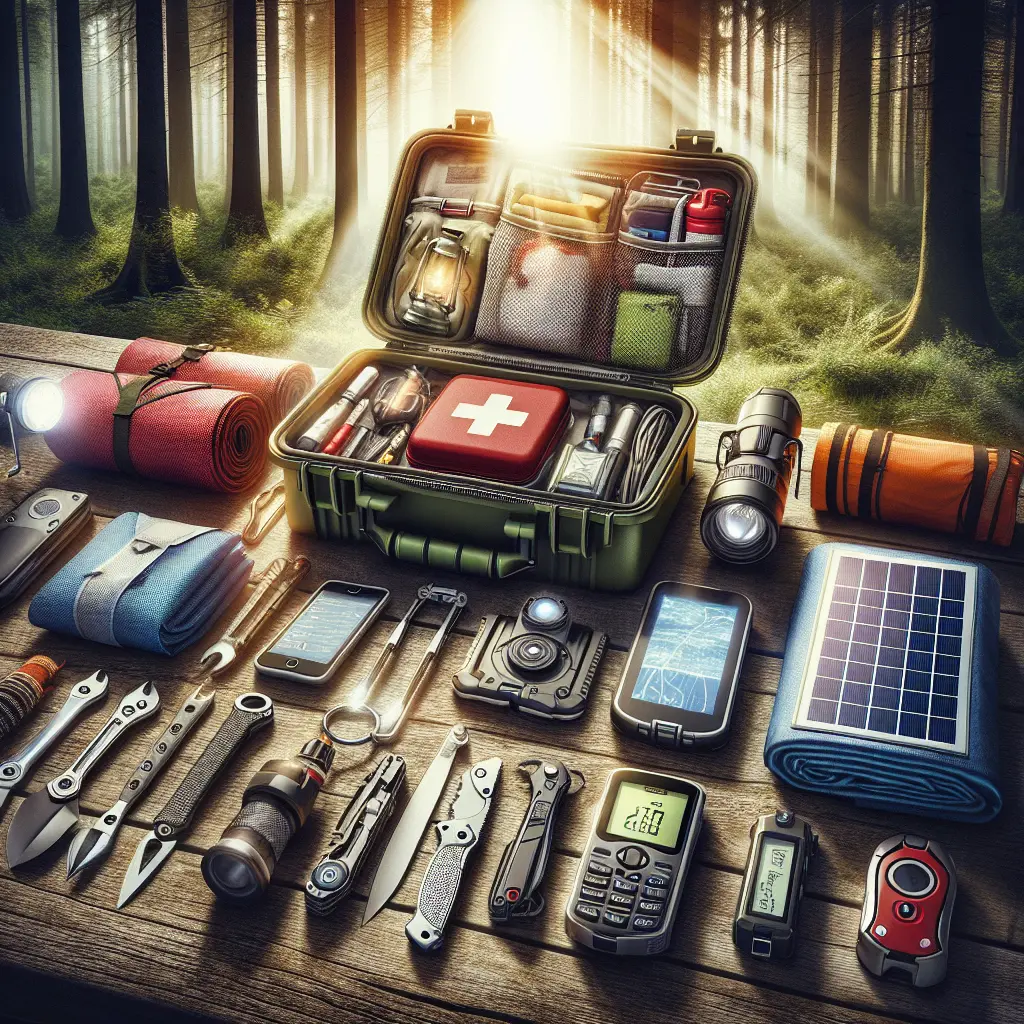In an era dominated by digital technology, it’s refreshing and sometimes crucial to get back to basics. Whether it's a planned trek through the wilderness or an unforeseen survival scenario, mastering the art of navigating without GPS is an invaluable skill set.
This blog post will guide you through the essential wilderness survival skills required for navigating without the aid of modern technology.
1. Understanding Traditional Navigation Techniques
Long before the advent of GPS, our ancestors navigated vast landscapes using just the natural world around them. Traditional navigation techniques, such as using the stars for navigation and natural navigation methods, are not only effective but also enrich your outdoor experience. The night sky is a compass if you know where to look. For instance, locating the North Star (Polaris) in the Northern Hemisphere gives you a good indication of north.
2. Mastery of Map Reading Skills and Compass Use in Wilderness
Mastery of Map Reading and Compass Skills
The survivalist map and compass skills are cornerstone techniques in the realm of land navigation techniques. A physical map doesn’t run out of battery and a compass doesn’t require a satellite signal. Learning how to read topographic lines and understanding the layout of the land can significantly enhance your ability to navigate through unfamiliar terrain. Engage in orienteering basics to practice these skills in a controlled environment.
For an in-depth guide on map reading and compass use, resources such as the Orienteering Organization’s official website offer comprehensive insights.
3. Implementing Emergency Navigation Strategies
In emergency situations, quick thinking and effective navigation can make all the difference. Emergency navigation strategies often involve making the most of your immediate environment. Pathfinding in nature, whether through dense forests or mountainous terrains, requires keen observation skills. For example, observing the moss growth on trees can indicate the northern hemisphere since moss tends to grow on the damper, shadier side of trees in northern latitudes.
Role of Natural Navigation Methods
Natural navigation methods extend beyond flora and involve understanding wildlife patterns and natural land formations. Animals tend to create paths towards water sources and understanding these can aid in finding direction without GPS. Similarly, water flows downhill, so following a stream could eventually lead to a larger body of water and possibly civilization.
4. Using the Stars and Sun for Navigation
Besides using the stars for navigation at night, the sun can serve as a reliable directional guide during the day. The basic rule that the sun rises in the east and sets in the west provides a general sense of direction. Furthermore, during different times of the year, the sun’s path can help determine more accurate directional estimates.
For those interested in celestial navigation, astronomical societies often provide resources and workshops to get you started.
5. Survival Navigation Tips: Adapting to Changing Conditions
Recent News and Updates
Roan Mountain State Park has been offering summer programs that include basic orienteering courses. These programs are nearing completion, but similar opportunities are available in various state parks year-round.
In recent developments concerning outdoor equipment, James Galligan recently reviewed new hiking boots, stating, "I walked several hours a day for a week in these boots and had zero discomfort," highlighting their suitability for extensive wilderness treks.
For those concerned about dealing with natural elements while outdoors, consider checking out recent reviews on products that help combat common outdoor nuisances like bugs and heat, ensuring more focus can be kept on navigation rather than discomfort.
Conclusion
Navigating without GPS involves a blend of ancient wisdom and practical skills that enhance your interaction with nature. By learning map reading skills, using a compass effectively in wilderness settings, and understanding natural and celestial cues for direction, you can confidently explore the great outdoors. These survival navigation tips not only prepare you for emergencies but also enrich your outdoor adventures, making them safer and more enjoyable.
Navigating through life, much like navigating through the wilderness, sometimes requires that we set aside modern conveniences to truly find our way. Let’s continue to explore, learn and pass on these invaluable skills.








Leave a Comment